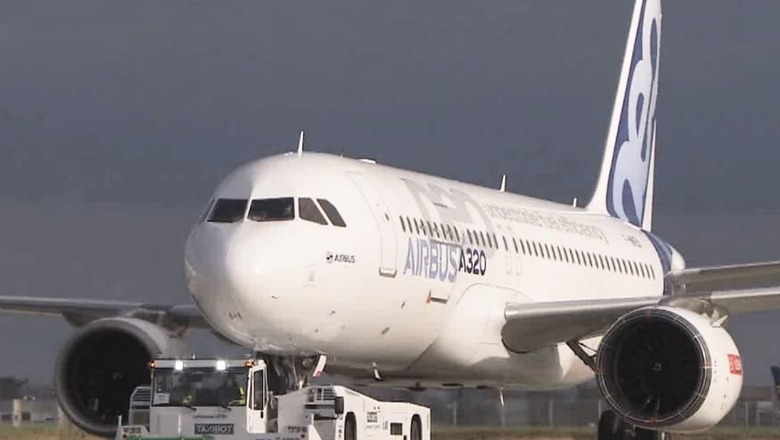
views
Delhi's Indira Gandhi International (IGI) airport will become the first airport globally to introduce the Taxibot, a semi-autonomous vehicle that helps an aircraft move from parking bay to the runway without switching on its engines. A tweet from the Delhi Airport Twitter handle said, "We are the first airport globally to adopt this unique environment-friendly technology that reduces emission." This appears to be a step in the right direction given the unhealthy amounts of pollution in cities across India in recent years. According to an earlier report, the use of taxibots will help in cutting carbon dioxide emission at IGI airport drastically. Usually, 800 kg of carbon dioxide is emitted for every 15 minutes of taxing, a KSU spokesperson said.
Aviation watchdog DGCA had earlier allowed the use of taxibots to tow aircrafts, whose engines will be shut, from the parking bay to the runway holding point to curb pollution at airports and save fuel. It was reported then that the Indira Gandhi International (IGI) airport will be the first to have these vehicles with the trial runs to be conducted for SpiceJet aircrafts. These vehicles will be remotely controlled by pilots to the runway point.
#DelhiAirport introduces Taxibot, a semi-autonomous vehicle that helps an aircraft move from parking bay to the runway without switching on its engines. We are the first airport globally to adopt this unique environment friendly technology that reduces emission. @flyspicejet pic.twitter.com/cono9FObmX— Delhi Airport (@DelhiAirport) May 28, 2019
Globally, in the airline space, 80 million tons of carbon dioxide is emitted every year because of aircraft taxing, the spokesperson said referring to a study. Eighty-five per cent of the fuel consumed during taxing can be checked with the use of a taxibot. Other advantages include a reduction in noise levels by 60 per cent. Taxibots could also reduce foreign object damage by 50 per cent since the engine remains shut, as per some independent studies.




















Comments
0 comment